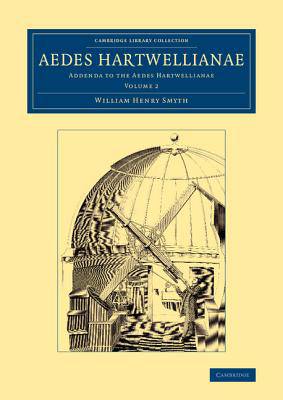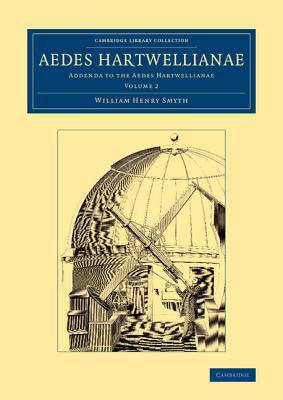
Door een staking bij bpost kan je online bestelling op dit moment iets langer onderweg zijn dan voorzien. Dringend iets nodig? Onze winkels ontvangen jou met open armen!
- Afhalen na 1 uur in een winkel met voorraad
- Gratis thuislevering in België vanaf € 30
- Ruim aanbod met 7 miljoen producten
Door een staking bij bpost kan je online bestelling op dit moment iets langer onderweg zijn dan voorzien. Dringend iets nodig? Onze winkels ontvangen jou met open armen!
- Afhalen na 1 uur in een winkel met voorraad
- Gratis thuislevering in België vanaf € 30
- Ruim aanbod met 7 miljoen producten
Zoeken
€ 99,95
+ 199 punten
Uitvoering
Omschrijving
The astronomer John Lee (1783-66) inherited Hartwell House in Buckinghamshire in 1827. During its colourful history, the mansion had notably been occupied between 1809 and 1814 by the exiled court of Louis XVIII. Lee turned the house into something of a museum for his antiquarian and scientific interests, constructing an observatory to the design of the his close friend William Henry Smyth (1788-1865), after whom Lee named a lunar sea. A naval officer, Smyth had helped to found the Royal Geographical Society in 1830. His Sidereal Chromatics (1864) and The Sailor's Word-Book (1867) are also reissued in this series. This charming history and description of Hartwell, its grounds, buildings and contents, appeared in two volumes between 1851 and 1864, illuminating especially the practice of contemporary astronomy. Illustrated throughout, the second volume (1864) serves as a supplement, recording Smyth's researches in the years since the first volume went to press.
Specificaties
Betrokkenen
- Auteur(s):
- Uitgeverij:
Inhoud
- Aantal bladzijden:
- 366
- Taal:
- Engels
- Reeks:
Eigenschappen
- Productcode (EAN):
- 9781108066730
- Verschijningsdatum:
- 20/02/2014
- Uitvoering:
- Paperback
- Formaat:
- Trade paperback (VS)
- Afmetingen:
- 210 mm x 297 mm
- Gewicht:
- 875 g

Alleen bij Standaard Boekhandel
+ 199 punten op je klantenkaart van Standaard Boekhandel
Beoordelingen
We publiceren alleen reviews die voldoen aan de voorwaarden voor reviews. Bekijk onze voorwaarden voor reviews.











